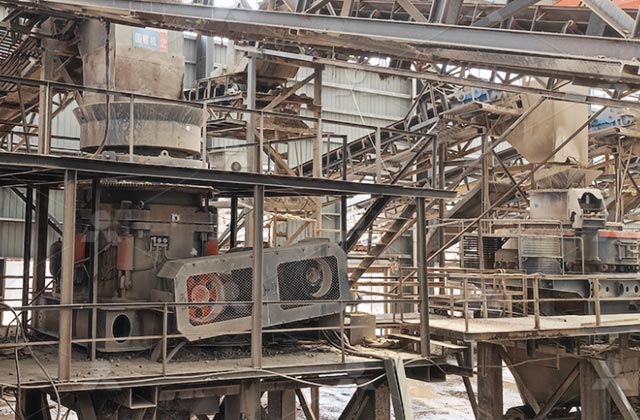In the construction industry, sand and gravel play a pivotal role as essential raw materials for producing concrete, asphalt, and various other building materials. The efficient extraction and processing of these materials often rely on specialized equipment known as crushers. This overview explores the significance, types, and operational aspects of sand and gravel crushers used in construction.
The Importance of Sand and Gravel Crushers
Sand and gravel crushers are crucial in the construction industry due to their ability to produce high-quality aggregate materials from raw sources. Aggregates are fundamental for producing concrete and asphalt, which are key components in building roads, bridges, and various infrastructure projects. By breaking down larger rocks into smaller, more manageable sizes, crushers help ensure that the final product meets the required specifications for strength, durability, and consistency.

Types of Crushers Used for Sand and Gravel
Several types of crushers are employed to process sand and gravel, each designed to handle different sizes and types of material:
- Jaw Crushers: These are typically used for primary crushing and are ideal for breaking down large rocks into smaller, more manageable pieces. Jaw crushers work by compressing material between a fixed jaw and a moving jaw, producing a coarse, angular product.
- Cone Crushers: Suitable for secondary and tertiary crushing, cone crushers are designed to produce finer aggregates. They operate by crushing material between a rotating cone and a stationary bowl. This type of crusher is particularly effective for producing well-graded sand and gravel with consistent particle size distribution.
- Impact Crushers: These crushers use high-speed impact forces to break down rocks and stones into smaller fragments. They are highly effective for processing softer materials and can produce a variety of aggregate sizes. Impact crushers are often used in conjunction with other types of crushers to achieve the desired material properties.
- VSI Crushers: Vertical Shaft Impact (VSI) crushers are known for their ability to create high-quality, cubical sand and gravel. They work by accelerating material into a high-speed rotor, which then throws the material against a stationary anvil. VSI crushers are commonly used for producing fine sand and are valued for their versatility and precision.
Operational Aspects of Sand and Gravel Crushers
The efficient operation of sand and gravel crushers involves several key factors:
- Material Feeding: Proper feeding of raw materials into the crusher is essential to ensure optimal performance. Feeders, such as vibrating feeders or hoppers, are used to regulate the flow of material into the crushing chamber.
- Crusher Maintenance: Regular maintenance and inspection of crushers are vital to ensure their longevity and performance. This includes checking for wear and tear, replacing worn parts, and ensuring proper lubrication of moving components.
- Screening and Separation: After crushing, the material often undergoes screening to separate different sizes of aggregate. This process ensures that the final product meets the required specifications for construction use.
Sand and gravel crushers are indispensable in the construction industry, providing the necessary materials for a wide range of projects. By selecting the appropriate type of crusher and maintaining it effectively, construction companies can ensure a steady supply of high-quality aggregates, contributing to the durability and performance of their infrastructure projects. As technology continues to evolve, advancements in crusher design and operation will further enhance the efficiency and sustainability of sand and gravel processing.

